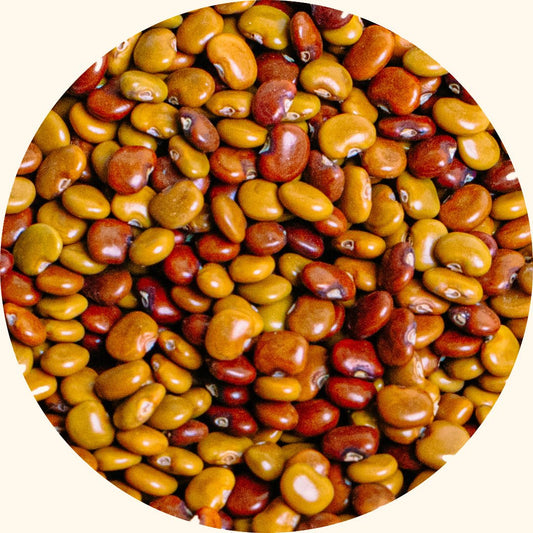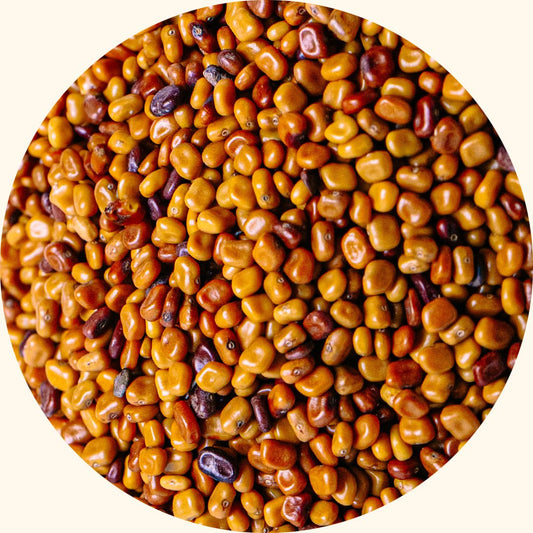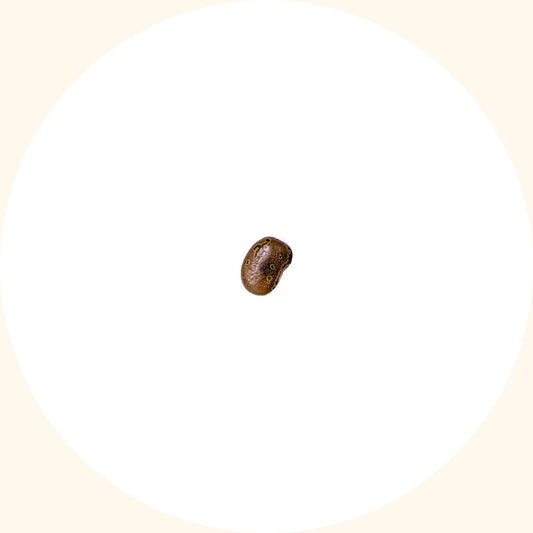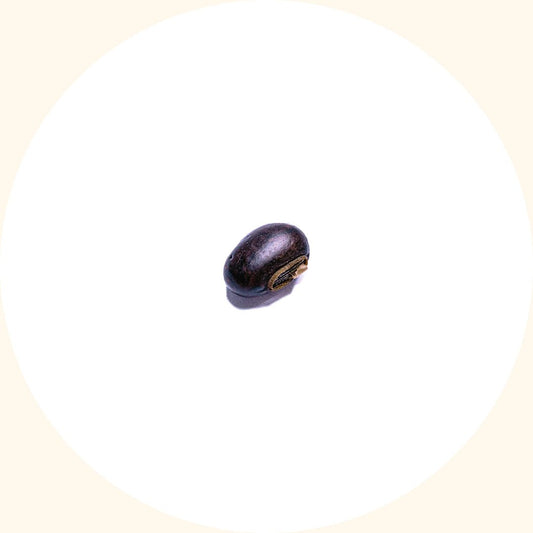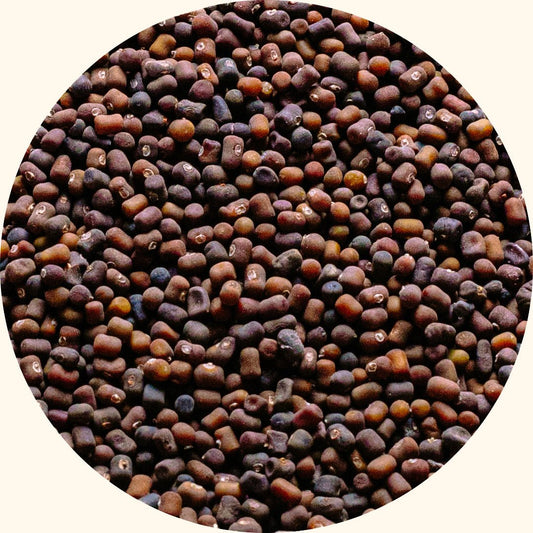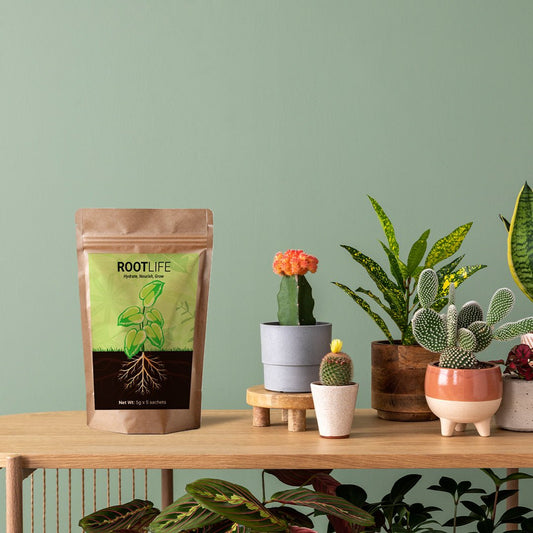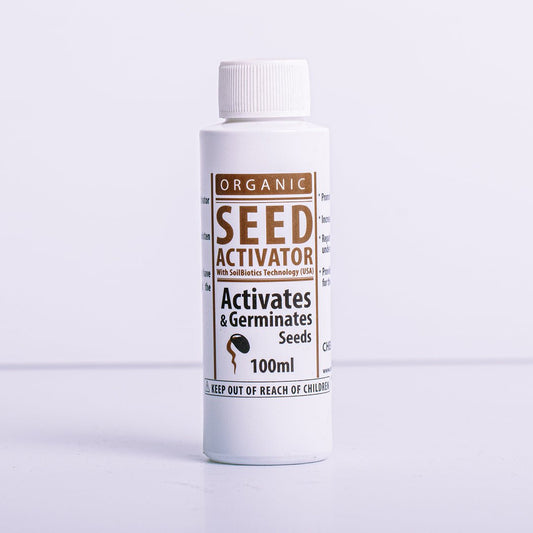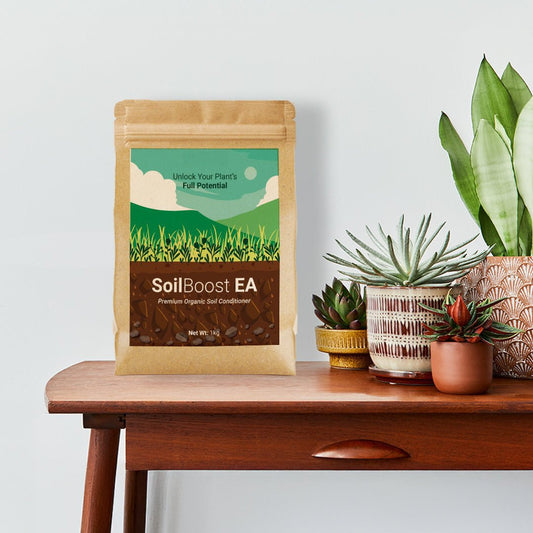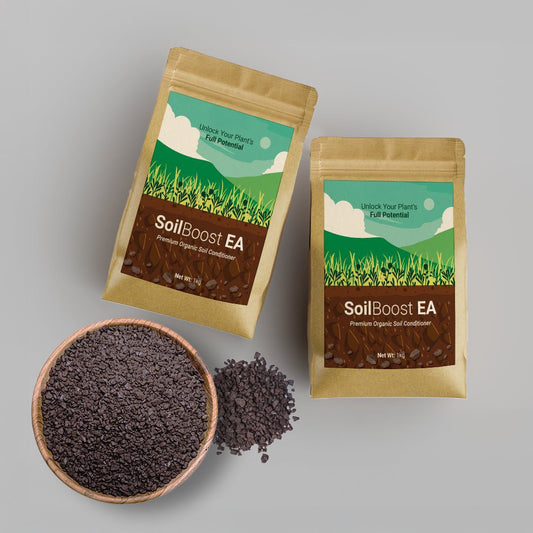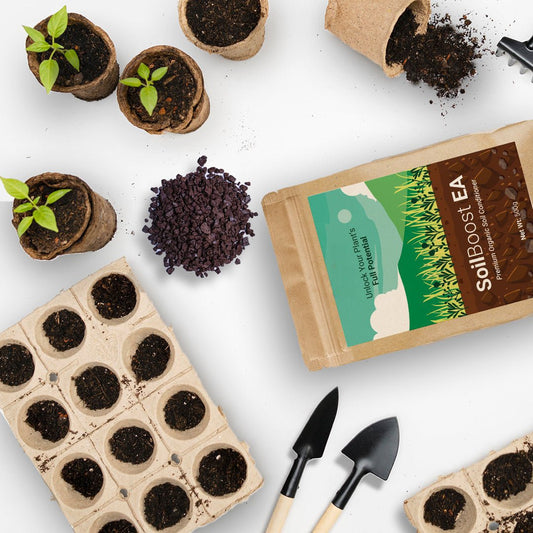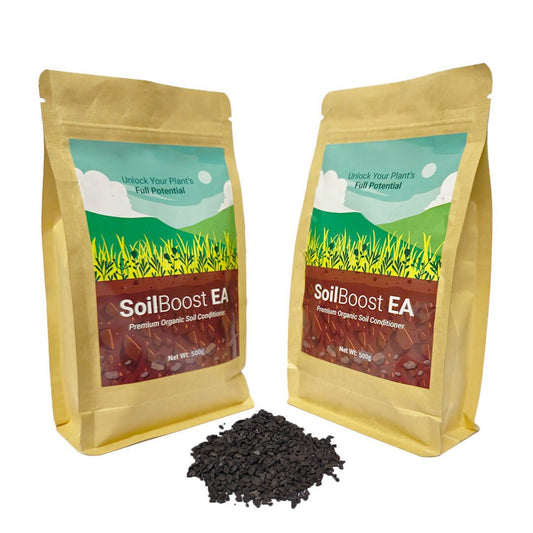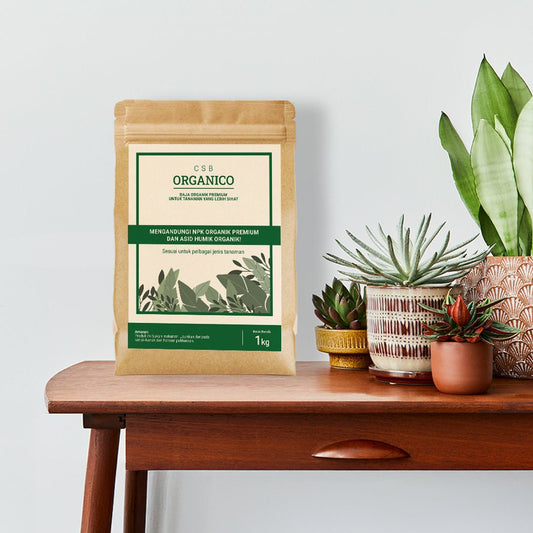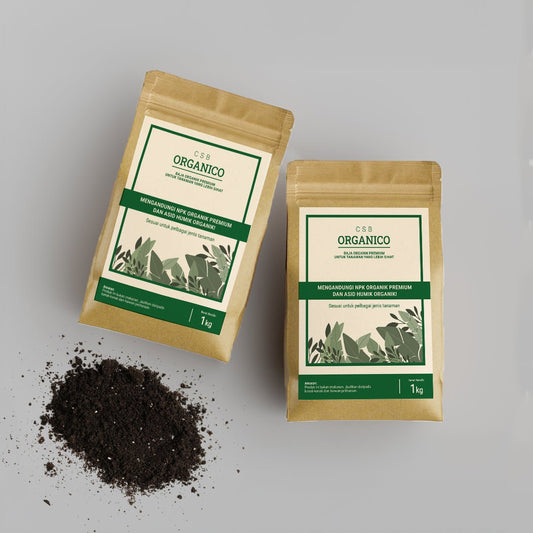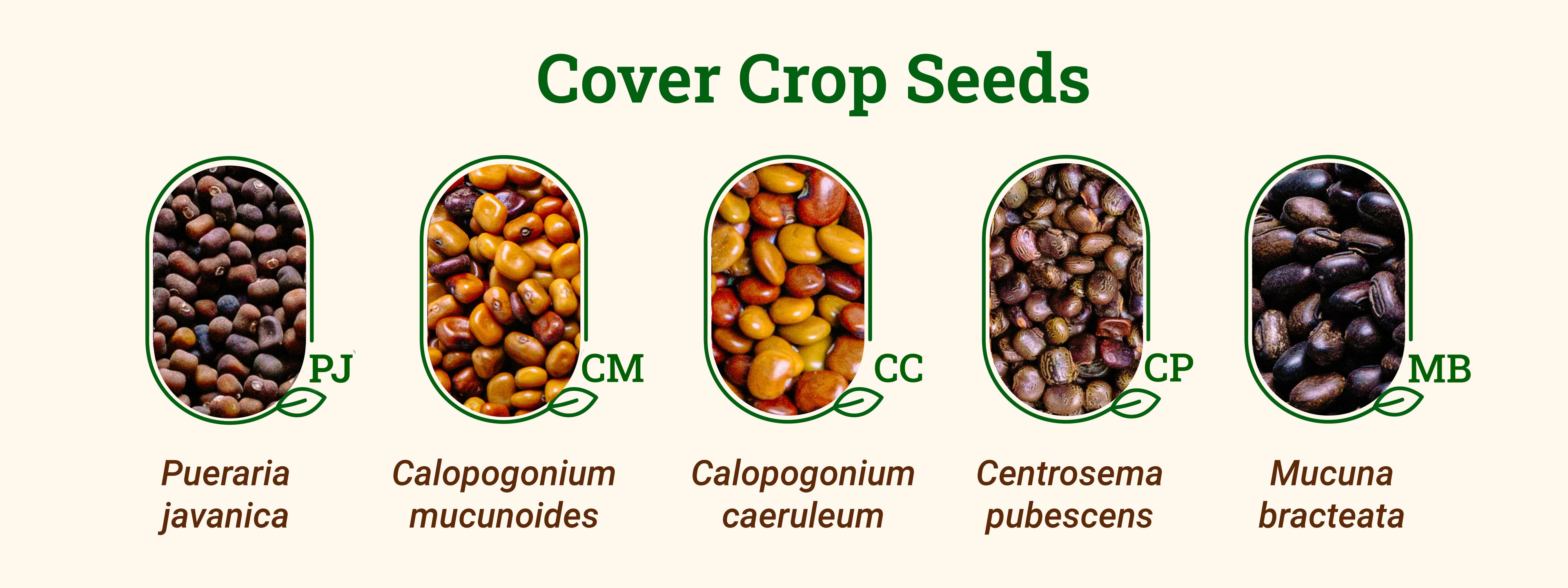
Professional Agricultural Solutions
Explore our range of premium cover crop seeds and soil conditioners. Click on any product below to view detailed specifications, technical data sheets, and bulk ordering information.
📧 For bulk orders and government tenders, contact us at info@chemiseed.com
-
Cover Crop Seeds | Calopogonium caeruleum (CC)
Regular price $180.00 MYRRegular price -
Cover Crop Seeds | Calopogonium mucunoides (CM)
Regular price $35.00 MYRRegular price -
Cover Crop Seeds | Centrosema pubescens (CP)
Regular price $30.00 MYRRegular price -
Cover Crop Seeds | Mucuna bracteata (MB)
Regular price $250.00 MYRRegular price -
Cover Crop Seeds | Pueraria javanica (PJ)
Regular price $150.00 MYRRegular price -
Rootlife 1kg | The Organic water & Nutrient Reservoir for Plants
Regular price $35.00 MYRRegular price -
Rootlife sachet | The Organic water & Nutrient Reservoir for Plants
Regular price $18.00 MYRRegular price -
Seed Activator
Regular price $15.00 MYRRegular price -
Soil Conditioner | SoilBoost EA 1kg
Regular price $35.00 MYRRegular price -
Soil Conditioner | SoilBoost EA 25kg
Regular price $250.00 MYRRegular price -
Soil Conditioner| SoilBoost EA 500g
Regular price $23.00 MYRRegular price -
The Organic Fertilizer| CSB Organico
Regular price $35.00 MYRRegular price

